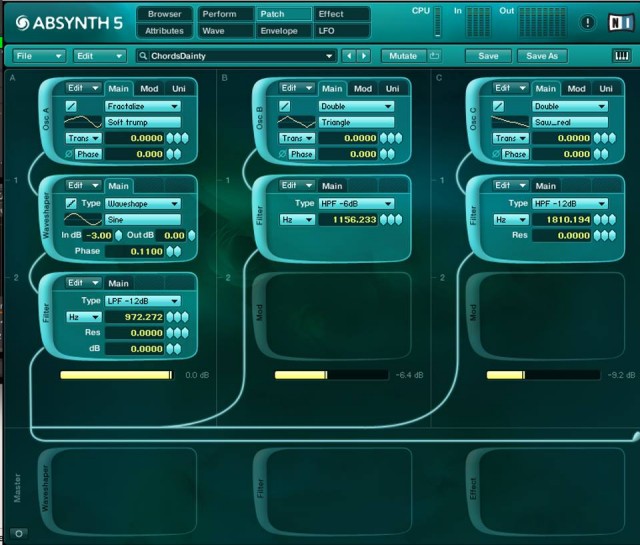Digital, analog – whatever. Let’s see what happens when Ableton’s latest digital hardware, the new Push, meets Eurorack, for a sort of convergence of the stuff electronic musicians are talking about right now.
(Don’t worry; we aren’t going to a round-the-clock all-Ableton format – the Berlin developer is notoriously conservative about spreading out releases, so let’s give them this week as a special occasion. And, anyway, there are some tips here relevant to Eurorack users with or without any Ableton products. Plus, you might just like the music.)
We stopped by the studio of Berlin-based musician Kaan Bulak. He’s an Istanbul-born German transplant multi-instrumentalist with a love of polyrhythms and a knack for getting technical. And the first thing he did with Ableton’s new hardware was see how he could integrate it with an analog modular rig.
Here’s how he did it, by his explanation – and the modules he’s using could help you out with any computer/modular hybrid rig:
1. I’m controlling the External Instruments in Live 9.5 with the Push 2 grid and sending out CV/Gate through the Vermona [qmi] quadMIDI Interface. [CV is routed] back through the two ins of [a Universal Audio] Apollo Twin Duo. Effects are on Aux Channels of Live: [Ableton] Convolution Reverb Pro with the Berlin Philharmonie IR with shorter decay and some EQing, Filter Delay and the UAD Roland RE-201.
2. There are two “synths” on two channels:
First one is the [Mutable Instruments] Braids on FBFM mode going straight into [Make Noise] Maths 2 and then straight to the output. Gate is connected to Maths2. This one is making the high pitched loop starting at 0:40. At around 2:00, I add an LFO from Vermona Fourmulator to the color CV-control of Braids.
Second one is the bass starting at 3:10. Intellijel Dixie2, saw wave going into the Manhattan Analog MA35. I use the Lowpass/Highpass switch at 4:44. Mutable Peaks and Doepfer quadVCA are used for gate control.
Chords starting at 0:10 are made with a very basic [Native Instruments] Absynth patch into Filter Delay into UAD Moog Filter.
3. It is great to be able to switch between sequence programming and actually playing an instrument. As you can see I still have my 88 keys in the background, but for jamming with a modular, I prefer playing the Push grid. Repeat function is something I really use a lot. (I remember you starting with that in Berghain..! ) Ed.: Kaan caught the last time I played – actually, I was using an Arpeggiator Device, which is another way to do this. And there’s a new Arp device to check out in Max Essentials in 9.5, though I haven’t used it yet.
4. Push 2 definitely feels way better to play on the pads, plus I can see the meters without looking on a screen. What you can’t see on the video is how I edited the drum sounds, I zoomed into the samples and cut them right at their transients so this clack sound appears. The snare “clack” is an 808 tom pitched down, very short decay, start point right at the highest peak of the wave in the beginning. I used the glue compressor to make it fatter. The new simpler and the Push 2 are amazing for working on samples. The screens are a huge plus, I prefer the Mute button on the left side more since I’m right-handed and can continue playing while muting tracks, especially since I always have my kick on the very left. As you mentioned in your review, the materials feel better. I didn’t get quite used to it, but the note sequence mode also seems interesting, which I think is new? Ed.: Actually, no, this was added in a software update to the original Push, but this demonstrates that things can feel more comfortable on the new Push!
I really find it interesting watching how people combine these tools – here, analog modules, digital modules, digital software emulating analog, and digital software and control.
Check out more of Kaan’s music on his Facebook artist page:
http://facebook.com/kaanmusik


